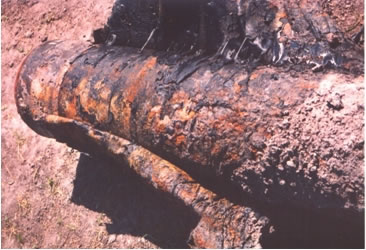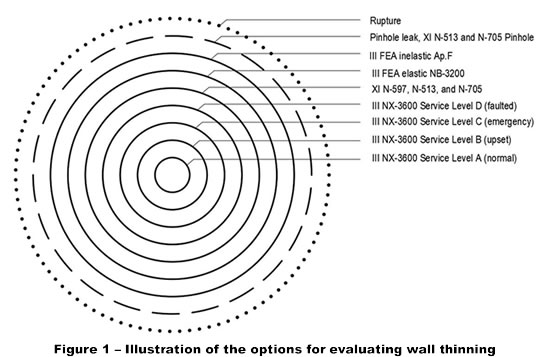Measuring Pressure Pulsation in Piping Systems

It is normal for piping systems to exhibit steady pressure pulses. Most of the time these pulses are inconsequential; however, in a few cases they must be eliminated because they can affect the reliable operation of the system or they can cause a mechanical failure. Becht Engineering recently assisted a client in the evaluation of pressure pulsation, measuring its magnitude, understanding its cause, and defining a path forward for resolution. The framework of our 3-step approach follows:
Step One: Study the operation of the system, pump and valve alignment when pressure pulsation is detected.
Step Two: Review the maintenance records for the system – with particular focus on failures, repairs, replacements and the history of valve and pump diagnostics.
Step Three: Measure the magnitude of pressure pulsation (see Chart above). For this purpose we make use of dynamic pressure gages, placed at critical locations, typically where there is an existing pressure indicator or pressure transmitter, or at vents or drains. The dynamic pressure gage measures pressure at a frequency in the range of up to 50 kHz. This permits us to capture a full range of hydraulic effects such as vane passing frequency, vortex shedding, and cavitation. The system operating parameters (valve alignment, flow rate, temperature) are recorded at the same time as the pressure pulses are measured. At the same time, we use stethoscope to check the sound upstream and downstream of critical locations such as control valves and orifice plates. Listening to what is happening in the pipe can provide valuable additional information.
The frequency content and magnitude of the pressure pulsation is analyzed to determine its cause and its potential effect, and whether it represents a challenge to the system’s mechanical integrity. The four classic causes of pressure pulsation are:
- Vane passing frequency, which has a clear frequency signature;
- Vortex shedding downstream of control valves, branch connections, or orifice plates, which also has a characteristic frequency;
- Cavitation through a control valve or orifice plate, which has a broader frequency signature; and
- Flutter of a valve disc.
These pressure pulsations can be amplified by acoustic resonance, but the pulses themselves, without acoustic resonance, can be a cause of damage.
In a recent case, all the steps described above were followed, and the magnitude of the pressure pulsation was measured to be small, acceptable as-is.
Have a question or would like more information? You may post to this blog or click the link below for more help.
[readon2 url=”index.php?option=com_rsform&view=rsform&formId=4&Itemid=739&lang=en”]Request Info[/readon2]







What is the basic frequency requirement for it to be considered as safe? Does any code or standards indicates a formal qualification of the pulsation measurement? Thank you.